Svbony SV305C camera - The HCG mode, Jupiter and more DSO examples!

Svbony SV305C camera - The HCG mode, Jupiter and more DSO examples!
Grant Sorensen is our specially invited reviewer. After he received the SV305C, he has been trying to use more time and opportunities to shoot. He challenged shooting many targets and conducted a complete test on the functions of this planetary camera. , and provided us with more shooting possibilities, I think many friends may have paid attention to his first test blog, and now here is the latest update, the second blog is very detailed and objective, I hope it will be helpful for you!
You can also find this blog on his website: SV305C Review
Svbony SV305C camera - The HCG mode, Jupiter, and more DSO examples!
Greetings again fellow astronomers. I finally got to see Jupiter for the first time this year with my new Svbony SV305C Camera and my 102mm Mak! The smoke is finally clearing up here and other than the major light pollution in the Bortle 7/8 city I live in I what I am now seeing is definitely getting better. I have also had the new Svbony SV305C camera out of few more times now since my initial firstlight test with a few DSOs and some more Saturn imaging. There are some good and not so good with this new camera. As this is a new camera with a new sensor in it there is of course a newly developed camera driver for it. This new camera driver definitely has a few small glitches Svbony needs to work out. The driver from time to time especially when changing resolutions will sometimes stop capturing frames. This happened a few times in both Sharpcap and Astrodmx during a few of my 2-hour sessions. I have sent the issues to Svbony and posted them as well to their forum and hope these issues will get resolved quickly enough. These types of issues are normal for most new cameras as they come on the market so I am not too worried about it as it does not occur very often maybe a few times at most in the sessions I have had. I also noticed the camera capture rate seems to top out around 53fps well before the lowest ROI mode is even reached while planetary imaging. Normally the framerate would keep speeding up till the lowest ROI resolution is reached so not sure why this is happening. Maybe this is another driver issue or a hardware limitation with the camera itself I am hoping to get an answer to this question from Svbony why this is so.
So in this blog, I am going to show some cool new images of Jupiter, some nice DSO images recently taken, and of course more Saturn (the 2 times I have been outside looking at it). The DSO example images were taken from this new camera using short durations again with 2 sets of integration captures (16 captures each around 6 min total time at 50 percent stack) with relatively high camera gain (70 percent at 353) to test the new HGC mode in these new sony sensors and the camera sensitivity. I have also performed some DSO imaging with a bit longer integration time (65 shoots each around 25min total time at 50 percent stack) and I also dropped the gain down a bit (to 302 gain) to test the dynamic range in the images and see any improvement. In theory, when the HCG mode kicks in the noise floor will drop dramatically and most of the dynamic range will be retained which should yield more color range and detail in the images (true in both planetary and DSO captures). Imaging below with the HCG mode (before it kicks in around 252 gain) should of course yield significantly more noise. Just for reference I imaged a DSO for fun below the 252 mark (before HCG kicks in) at the highest noise point for this sensor and included an example and yes the noise is definitely quite evident (see the below image). The remaining DSO images were captured above the 252 gain mark (at 302 and 353) when HCG noise reduction kicked in. Check it out what a difference! I would definitely recommend you always use this camera above the 252 gain point in order to get clean and noise-free images.
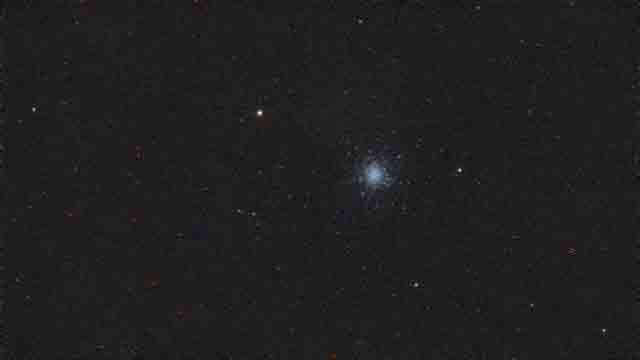
M3 in Non-HCG Mode (at 203 gain and 12 seconds) see all those red and blue dots
I. Mighty Jupiter with the Svbony new SV305C camera (seeing conditions 6 out 10 in Bortle 8 sky):
So the images of Jupiter shown below were captured on 2 separate nights in ok seeing conditions but not great seeing conditions here in western Canada as the forest fires and smoke haze are just starting to finally clear out. Total capture frames for Jupiter were around 500 to 1000 frames each using RAW 8 format at a framerate between 25 fps and 53 fps (max fps in ROI mode). I adjusted the gain accordingly in order to keep Jupiter below the 30ms mark to avoid atmospheric distortion and rotation and when I imaged Jupiter when it was low to the horizon between my neighbor's houses actually. I have included some interesting processing example images as well that show how these images were edited.
1. Scope Setup used for planetary: Celestron 102mm Mak (FL 1250mm) on Celestron Astrofi Goto Mount
2. Mighty Jupiter and beautiful Saturn:
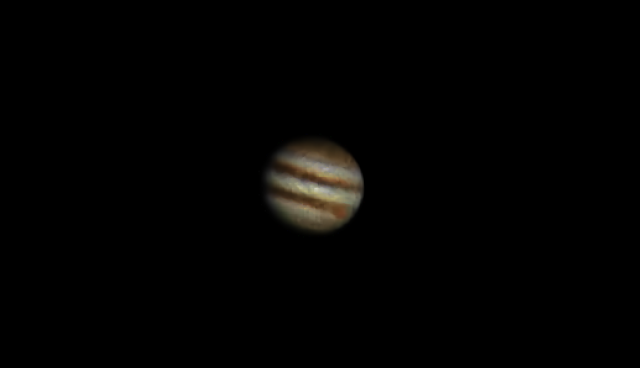
Figure 3b: Jupiter (alt of horizon 20 degrees)
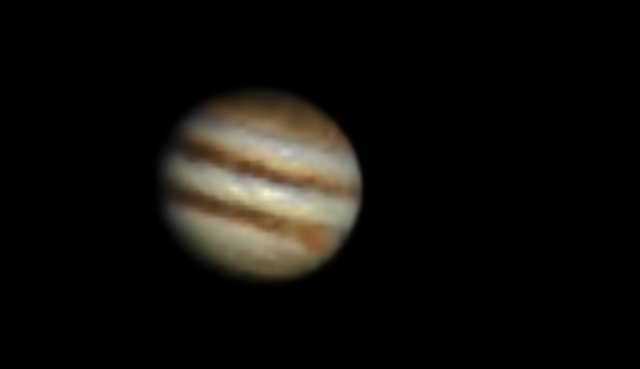
Figure 3c: Enlarged Jupiter with great red spot captured (alt of horizon 20 degrees)
3. More Saturn:
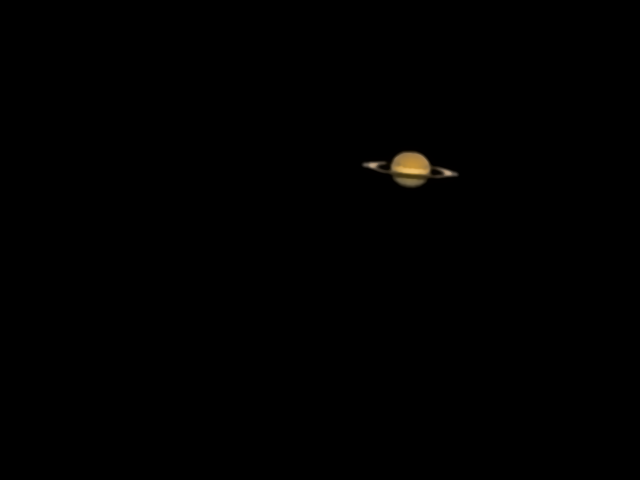
Figure 4: Saturn captured (alt of horizon 30 degrees)
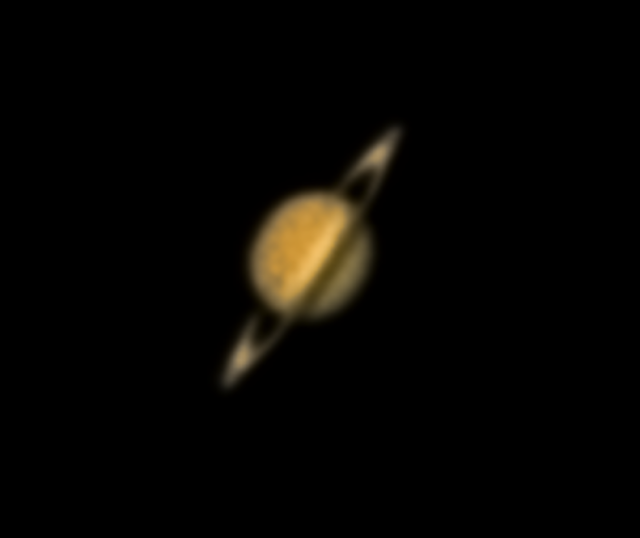
Figure 5: Saturn supersized1
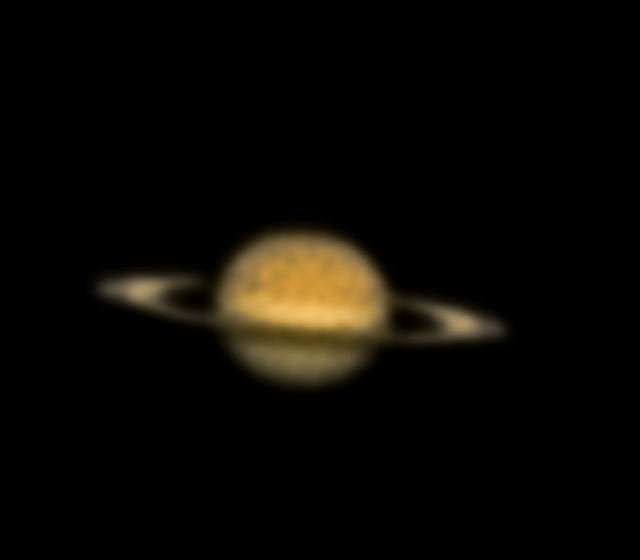
Figure 5: Saturn supersized2
What do you think? You be the judge of some of the samples of Jupiter and Saturn shown? Remember these images were captured low on the horizon and under average conditions with lots of light pollution..
II. DSO Imaging with the Svbony SV305C:
1. Scope Setup used for Deep Dky imaging: Orion 80mm Goscope (FL 350mm) on Celestron astrofi goto mount
2. Some more DSO targets captured in high gain HCG mode (all at gain 352 at 24-second shots based on 15 shoots each 50 percent stacked):
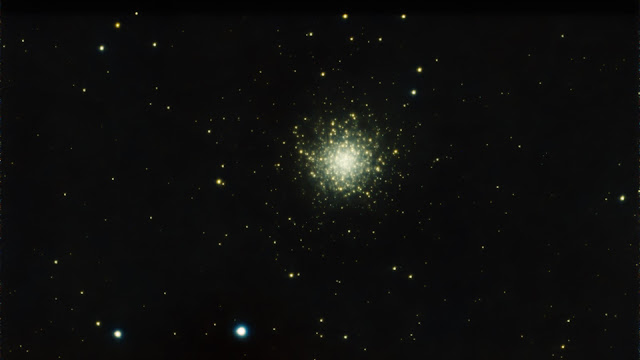
M13 Hercules
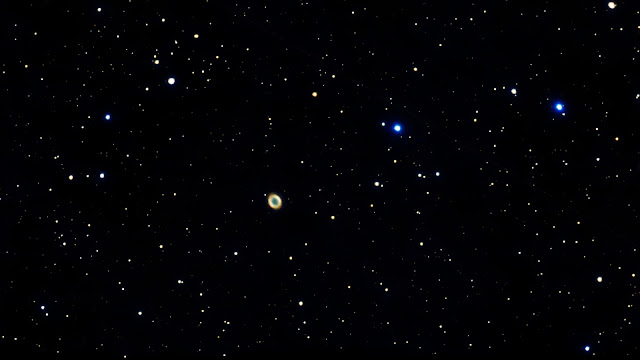
M57 Ring Nebula
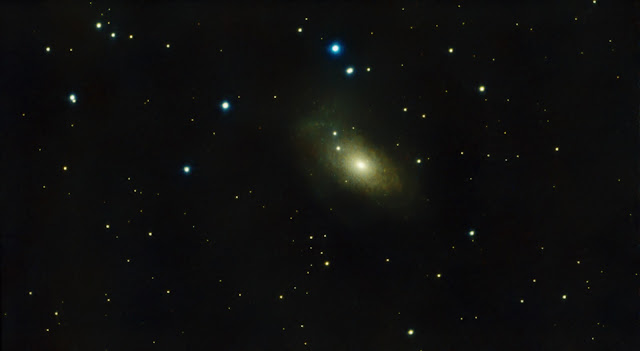
M81 Bodes Galaxy
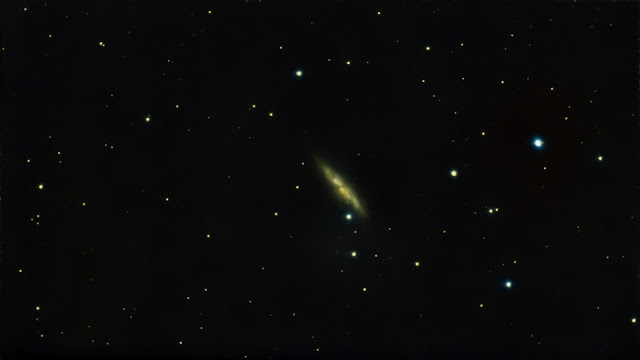
M82 Cigar galaxy
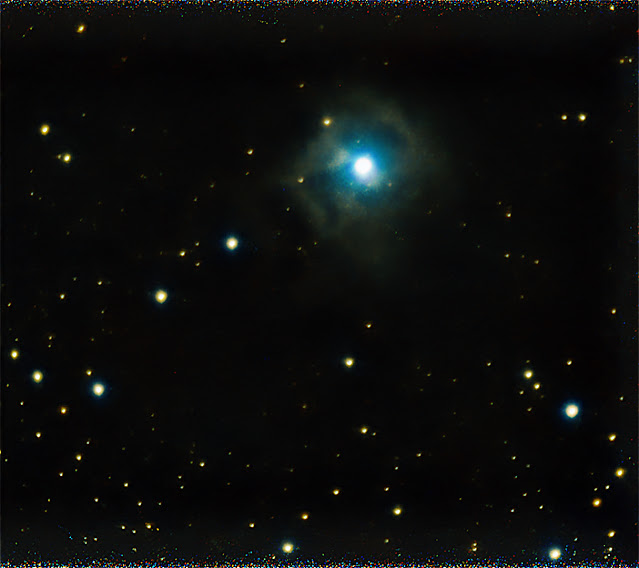
NGC7023: Iris Nebula
For both planetary and DSO imaging images above Astrosurface was used to stack the captured raw 16-bit image targets (stacking with rotation option) and 8-bit planetary video was used for planetary stacking. Siril was used to doing the DSO color calibration, background extraction (getting rid of light pollution and gradients caused by it, etc), and processing all the DSO final images you see above. Registax was used for planetary sharpening and color balancing as viewed above. I also used Astra image and Wavesharp to enhance and enlarge some of the final planetary images you see above from the smaller stacked ones seen.
III. Conclusions
So a bit of a mixed bag here. Some planetary and some DSO imaging. This is what is cool about this new hybrid camera from Svbony it does both! Of course, as you can see above the longer you integrate (more shoots) the more detail you will get in your DSO images. This is also true for planetary the more captured and stacked the more planetary detail you will get. I think they are pretty good considering the small number of shoots taken and the sky conditions. This camera seems very sensitive with good color and detail it can capture. You decide.
Clear skies to you all!








